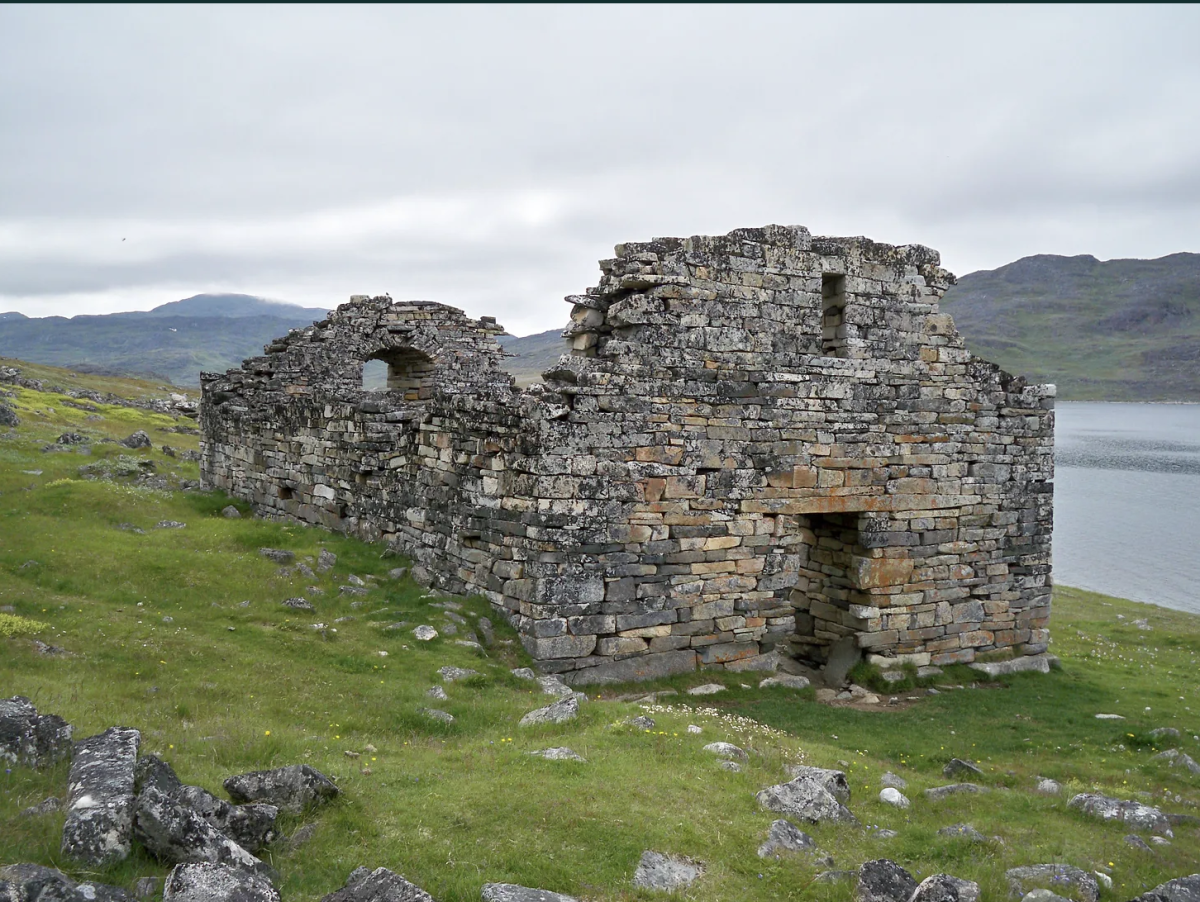Antarctica is the world’s most isolated continent. Located in the southernmost part of the globe, the continent houses a temporary human population of around 1300-1500 people, mostly scientists who study the climate, biodiversity and area that makes up this icy wasteland.
Yet, as years go by, it seems that the overall barren and desolate conditions of Antarctica have not deterred ingenious individuals from attempting to reap the benefits of the continent and its surrounding areas in the past. Paired with the improvements in technology, and the warming up of the continent, what was once an isolated land mass could become buzzing with activity. The questions raised are, what have we been doing in Antarctica? What are we doing now? What can we expect for the future?
An overview of past activities.
To understand what humans have been doing in Antarctica, we need to go back a few years.
Captain Cook came to South Georgia, an island close to Antarctica and claimed it for Britain in 1775 (as one does). At this point in time whaling and sealing was huge – to say the least. Species were almost wiped out as they were hunted for blubber oil and meat. Pelts of seal were popular for winter coats; it wasn’t a big surprise then that when Captain Cook reported that there were many seals in the areas that sealers came to the waters around the island to do what they do best. By 1822, the fur seal was almost extinct in the waters around the island.
The first sighting of Antarctica is heavily debated, though most agree that this occured around the early 1800s by explorers seeking to prove whether a southernmost continent, a “Terra Australis” actually existed. Once again, Antarctic waters became a target for, this time, whalers.
Whales migrate to Antarctica in a period called the “austral summer”. They feed on swarms of krill that feed on blooms of phtoplankton due to upwelling of nutrients, and 24 hours of daylight for photosynthesis.
By the time whaling became prevalent and spread to Antarctica, explosives, harpoons and fast boats plundered the sea of the whales and decimated whale populations, they’re still trying to recover their numbers to this day.
The Antarctic Treaty
The world soon realised that with how advanced technology is becoming, Antarctica might not be safe from resources (both biological and not) exploitation after all. The IWC (International Whaling Commisssion), and yes it is a real thing, was formed to control the whaling industry in 1946, and limit whaling exploitation.
When the Cold War started in the aftermath of WW2, both sides were scrambling to prevent the other from having control over the continent. Tensions furthered by the late 1950s, and the fear that the Cold War would spread to the penguins took hold. President Eisenhower hosted a conference to meet between 1958-59 to define basic frameworks for how Antarctica was to be managed.
By late 1959, a treaty was signed in 1959 by 12 countries, with the provisions being mainly (but not limited to):
- Antarctica shall be used for peaceful purposes only.
- There will be freedom of scientific investigation and cooperation.
- Obseravtions and results from experimentation in Antarctica should be made freely available.
Other points include the maintenance of the status-quo, mainly with the countries that hold territorial claims over Antarctica, and the demilitarisation of the continent.
Renegotiations in later years also prohibits killing of animals on Antarctica, unless for use in scientific research, and also the prohibition of natural resource extraction, such as that of oil.
Oh yes, and atomic bomb denotations were banned following an Argentinian proposal supported by Chile and the USSR.
The next revision of the treaty can be done in 2048.
Revitalisation of Activity?
So that’s it then? The treaty is signed and no more action until at least 2048? Not quite.
By far the largest economic activity in Antarctica is offshore fishing. 150,000 tonnes of fish were landed by fisheries on the continent. Krill fishing is another concern, given its importance in the food chain of Antarctic waters. There are however international limits on number of catches, though illegal fishing is still a concern to much of the international community.
Antarctic Tourism is also becoming more prevalent. As visitation becomes easier and cheaper, tourists who are in for the extreme often try their luck with Antarctica. In the 2019/20 season, approximately 74,000 tourists visited Antarctica. This has raised concern given the environmental impacts of cruises, the main mode of transport, especially cruise accidents off the shore of Antarctica. As a result, guidelines have been put in place banning commercial aircraft landing
Finally, the treaty is not as clear in its terminology. It is difficult to determine exactly what falls under scientific research, and where the line between things that are banned and allowed is drawn. With growing concerns over Antarctic activity, this is could be an issue that will need to be addressed in the next treaty revision.
What could this mean for the future?
So in the end, after all this work in diplomacy to keep the continent’s status-quo, what’s next? Well the honest answer is, we won’t really know for sure.
We can certainly attempt to project the ever-increasing level of activities in Antarctica. From there, it is a waiting game until the next treaty revision, on whether this status-quo will be maintained, for better or for worse or whether there will be newer and more radical changes as concerns rise over resource extraction…
References and Further Reading:
- https://cove.army.gov.au/article/kyr-antarctica-economy
- https://www.atlasobscura.com/articles/hunting-fishing-whaling-in-antarctica
- https://www.coolantarctica.com/index.php
- Antarctica
- Antarctic Treaty System





